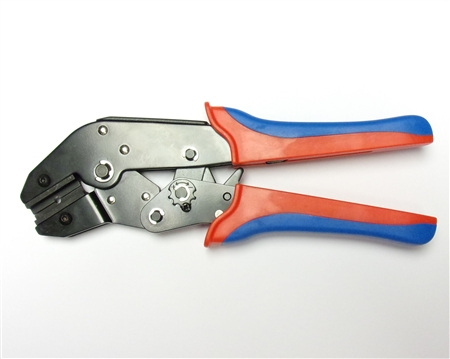Offline
I'm pretty sure I'm unique. There's just no one like me around here.
I just cross-wired my overdrive wiring "under the dash" leading from the transmission to the column switch on the steering wheel. These are the wires that come from the switches mounted on the transmission cover of my TR4A. Not sure how I managed to cross wire under the dash where they meet the O/D column switch, but poor lighting is my excuse.
So, yes, I fried the yellow wire badly. The burn goes all they way back to the transmission switch--the most forward of the two switches. Or within an inch. I'll remove the O/D harness and rebuilt it, but for those here who may know, what might I first do to verify that I didn't also ruin the switches on the transmission cover or the relay under the dash? I can say with comfort that none of the wires on the relay appear to have been hot, and the ones leading to the column switch also appear good.
I'm hoping someone will tell me that the mounted switches are bullet proof. If I do need to replace either of them, is that done without removing the cover? Dear Lord tell me it's so.
But far more important than anything else, and I'm trying my best to recall, I thought I remember someone here saying it doesn't matter which wire goes to which side of the switches on the transmission cover. I guess its a fallacy to assume that means you can cross-wire under the dash? Those are two entirely different concepts because as the wires come from the O/D switches under the dash and connect to the column switch we're dealing with different purposes and a host of different current and connections--right? Reversing on the spade connectors at a switch on the transmission cover is one thing, but reversing under the dash and changing all that is different. Can someone say it better?
Maybe a bright electrical guy out there can help shed light on my predicament. I'm glad my kids weren't nearby to see what happened (and to smell the burning wires)!!
Thanks all. KVH
I just cross-wired my overdrive wiring "under the dash" leading from the transmission to the column switch on the steering wheel. These are the wires that come from the switches mounted on the transmission cover of my TR4A. Not sure how I managed to cross wire under the dash where they meet the O/D column switch, but poor lighting is my excuse.
So, yes, I fried the yellow wire badly. The burn goes all they way back to the transmission switch--the most forward of the two switches. Or within an inch. I'll remove the O/D harness and rebuilt it, but for those here who may know, what might I first do to verify that I didn't also ruin the switches on the transmission cover or the relay under the dash? I can say with comfort that none of the wires on the relay appear to have been hot, and the ones leading to the column switch also appear good.
I'm hoping someone will tell me that the mounted switches are bullet proof. If I do need to replace either of them, is that done without removing the cover? Dear Lord tell me it's so.
But far more important than anything else, and I'm trying my best to recall, I thought I remember someone here saying it doesn't matter which wire goes to which side of the switches on the transmission cover. I guess its a fallacy to assume that means you can cross-wire under the dash? Those are two entirely different concepts because as the wires come from the O/D switches under the dash and connect to the column switch we're dealing with different purposes and a host of different current and connections--right? Reversing on the spade connectors at a switch on the transmission cover is one thing, but reversing under the dash and changing all that is different. Can someone say it better?
Maybe a bright electrical guy out there can help shed light on my predicament. I'm glad my kids weren't nearby to see what happened (and to smell the burning wires)!!
Thanks all. KVH

 Hi Guest!
Hi Guest!

 smilie in place of the real @
smilie in place of the real @
 Pretty Please - add it to our Events forum(s) and add to the calendar! >>
Pretty Please - add it to our Events forum(s) and add to the calendar! >> 

